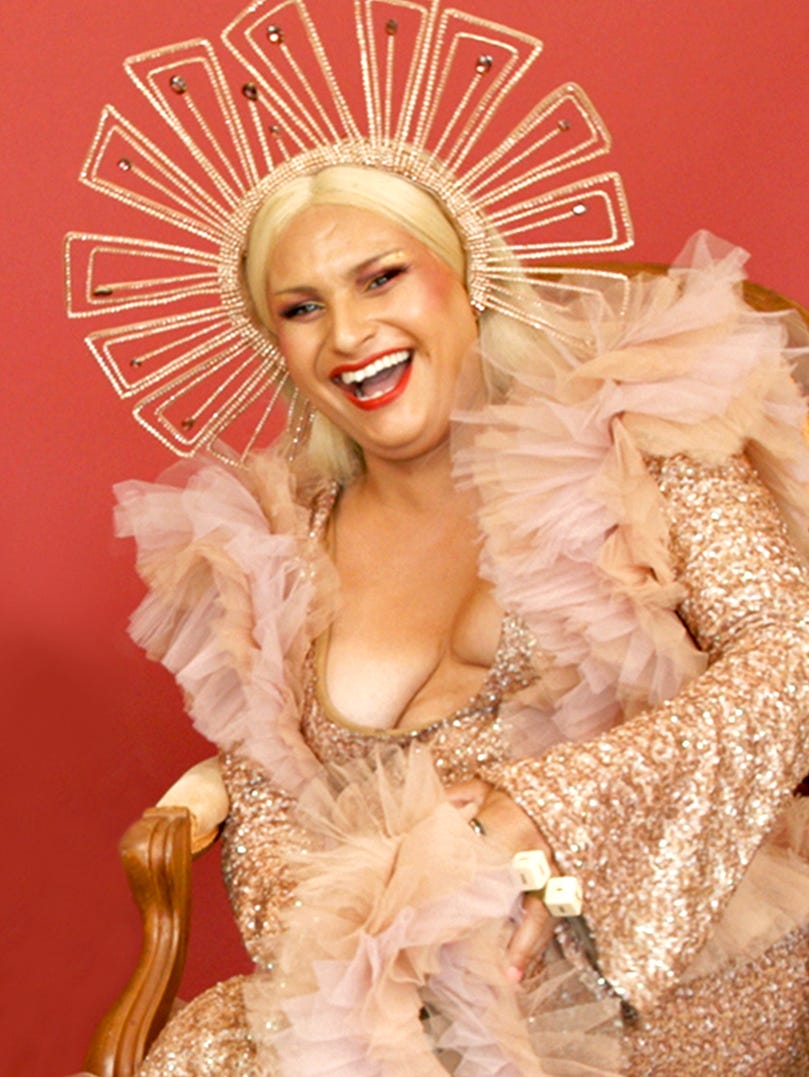Definitely Not Boring Brown: The Legion of Honor’s BVRB Writing Table
By Catherine Coueignoux
November 13, 2014
When you look at the table below, what’s the first thing you notice? The unexpected and eye-catching red, green and white of the decoration is quite striking in what seems like an otherwise conventional piece of 18th-century furniture. This writing table was crafted between 1745-1749 in France by a master cabinetmaker, or ébéniste, known to the world by his initials, BVRB (for Bernard II van Risen Burgh). This table is on permanent display in the Rouen Room (Gallery 9) at the Legion of Honor.
In this photo below, you can see much more clearly a diamond-shaped grid, or trellis, demarcated by an outline composed of a black element sandwiched between two metallic elements. This sort of thin border, used to create or highlight borders, is called stringing. The green background sets off an alternating red and white floral motif.
In our table, BVRB has used horn, mother-of pearl, brass and ebony to create this trellis pattern of flowers enclosed in little boxes. It's easy enough to guess that the mother-of-pearl has been used for the white flowers, and the brass and ebony for the triple-stringing that forms the geometric trellis. But where is the horn?
Nobody could blame you if it’s difficult to identify, because it has been cleverly altered! The horn has been painted on the reverse with green and red paints and backed with paper. The most translucent cow horn would have been chosen to enable the pigments on the reverse to shine through so brightly.
In the photo below, earlier damage has revealed the layering of pigment and horn. The red pigment is delaminating from the center of the red flower to the left, revealing the yellowish color of the horn. To the right, the horn has been crushed, and you can see the cracks lying over the pigment beneath it.
This type of layered decoration is known as marquetry. A thin layer, or veneer, of decoration is applied over a cheaper, less exciting wood substrate. Often, differently colored (and sometimes dyed) woods were used. As we've seen on the BVRB table, metals and other organic materials, things like turtle shell, mother-of-pearl, horn and ivory, could be used as well.
Cutting out all of the little shapes in this table, one by one, and trying to make them all the same seems like an impossible task! Luckily for BVRB, he didn’t have to do it that way. Instead, little packets formed from sheets of mother-of-pearl and prepared horn were assembled with a cover sheet displaying the pattern. With this layered bunch of materials, a number of shapes could be cut at once, making the whole process much more efficient. Cutting the flower out of the green background horn at the same time as it was cut into the mother-of-pearl and red horn also assured a perfect fit of the positive and negative elements.
Small holes were drilled at key points in the motif so that a fine saw blade could be introduced into the design. Greased paper was interleaved with the marquetry materials within the packet to lubricate the blade, which was also waxed from time to time. With the use of a very clever contraption called a chevalet, or marquetry donkey, the packet could be held steady while a jeweler’s saw was used to cut extremely intricate designs. The donkey pictured here is of a later design, when the saw blade was incorporated into the construction.
The individual elements of the motif were then assembled and glued face-down onto a sheet of paper. The pre-prepared stringing—the ebony flanked by brass—was included at this point. The exposed (reverse) side was glued onto the piece of furniture, the paper removed, and voila, the marquetry surface was revealed!
The trellis motif was very common for the time period, and so was vivid color achieved through the use of a variety of materials. Below are some examples from Gallery 7 in the Legion of Honor. Next time you visit, see if you can spot them!
The BVRB writing table fits right into the style of the period. It's still a particularly spectacular piece, with its unusual combination of brightly-colored horn and mother of pearl, which contrast so strikingly with the gilt bronze mounts and wood veneer, which once would have been a bright yellowish-pink.
This French masterpiece is on view at the Legion of Honor museum in Gallery 9.
Catherine Coueignoux is an object conservator with an expertise in furniture conservation.









